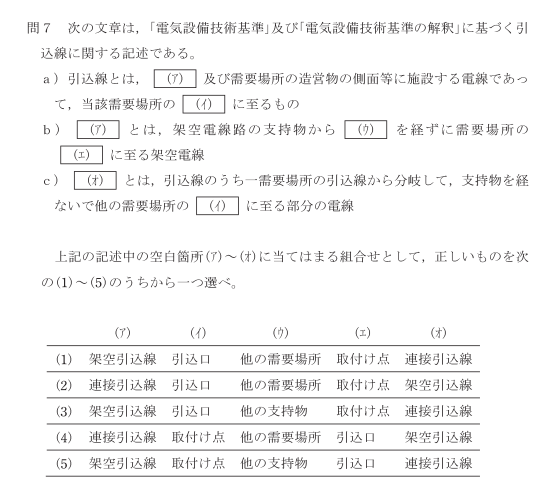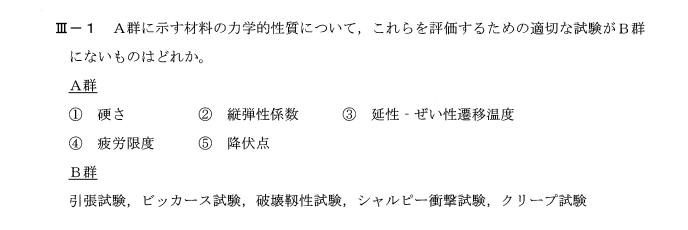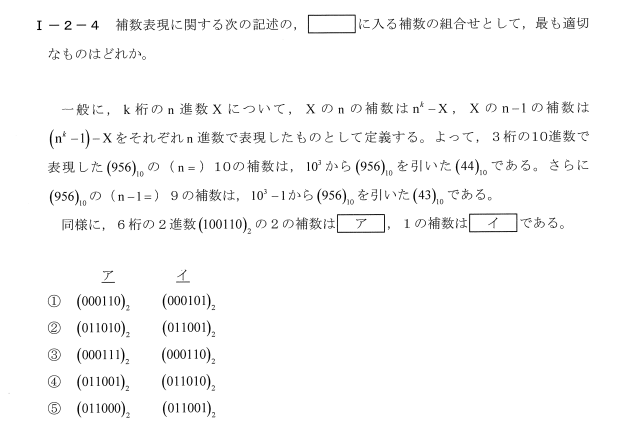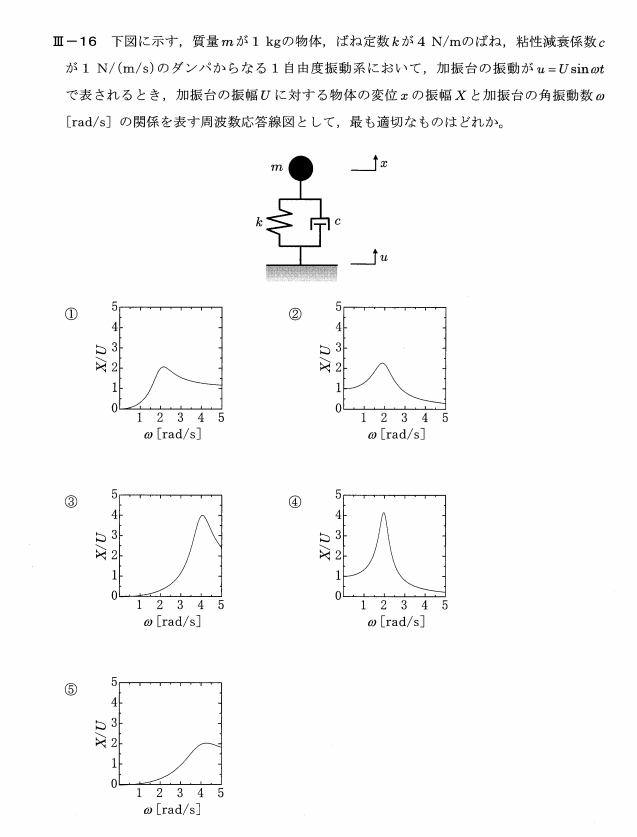大阪】パナソニックは、電気自動車の航続距離を15%以上伸ばす新型リチウムイオン電池の量産を早ければ2023年にも開始し、最初の納入先はテスラ社に向かう。
この新電池は、電池重量あたりの航続距離が世界最長級になる見込みで、ライバルの韓国や中国の電池メーカーと競合することになる。パナソニックは、1回の充電でより遠くまで走行できるようになることから、EVへのシフトが加速すると見ており、こうした電池の開発に大きな投資を行っています。
パナソニックは、テスラからの依頼で新型電池セル4680の開発に着手した。テスラによると、現在のフラッグシップモデル「モデルS」の1回の充電での航続距離は約650km。新しい電池を使えば、計算上、航続距離は約750kmに向上する。
CEOのイーロン・マスク氏は、供給を補うために自社で電池を作りたいと述べ、テスラは今後もパナソニックや他の電池メーカーから電池を調達していくとしている。バッテリーは、各EVの総コストの30%を占めている。
新しい電池は旧型の2倍の大きさになり、容量も5倍になる。これにより、自動車メーカーは1台の車に搭載する電池の数を減らすことができ、車両に搭載する時間も短縮できる。
この新型電池は効率が高いため、生産コストは容量ベースで旧型電池より10〜20%安くなるという。
しかし、メルセデス・ベンツは今年、中国CATL社製の電池を使って1回の充電で1000km走行できる新型車の量産を予定しており、より安全で安価、かつ長寿命の電池を求める開発競争が世界的に激化している。
パナソニックは、約800億円(7億400万ドル)の新規投資により、和歌山県の工場を拡張し、テスラの新型電池を大量生産するための新しい設備を導入する。すでに日本と米国にEV用電池の工場を持ち、テスラがカリフォルニア州で運営するEV工場に電池を供給している。
和歌山工場の年間生産能力はまだ検討中だが、EV15万台分に相当する年間10ギガワット程度になる見込みだ。これはパナソニックの生産能力の約2割に相当します。
パナソニックは、来年に量産を開始する前に、安全で効率的な技術を確立するために、今年部分的に操業を開始する予定である。米国や他国の工場で量産を拡大する計画もあるという。
テスラやメルセデス以外にも、自動車メーカーや電池メーカーがこの分野への参入を急いでいる。
CATLも相次いで投資計画を発表しており、投資額は2兆円に迫る勢いだ。LG Chemは関連会社の上場で約1兆円を調達し、その資金を米国での投資に充てる計画で、トヨタ自動車は2030年までに電池の生産・開発に2兆円を投資する計画だ。
全固体電池は、より安全な次世代電池として注目されているが、普及には時間がかかるとみられている。パナソニックは、新型リチウムイオン電池を「EVの新しい世界標準」にすることを目指しており、他の自動車メーカーにも供給したい考えです。
テスラの需要により、パナソニックはかつてEV用電池市場で大きなシェアを占めていた。しかし、2019年にCATLとLG Chemが中国のテスラ工場に電池を供給するようになり、パナソニックは市場シェアを失い、現在は新型電池の開発でそれを取り戻そうとしている。
<おすすめ記事>
・【科学が証明】第二言語習得論 このおすすめの学習ツールで英語をマスターする
・【株式投資でマネーマシンを作る】管理人のポートフォリオ・スペック
(管理人は米国株式に投資をしているので、英語学習をするようになりました。勉強をする意義があると継続できるし、苦痛が少なくて済むとおもいます)
・テスラの蓄電池(パワーウォール)について
【英語学習 EV】パナソニック、2023年にテスラの新型バッテリーの生産を開始
- 公開日:
Panasonic to start producing new Tesla batteries in 2023
OSAKA -- Panasonic will start mass production of new lithium-ion batteries that increase the range of electric vehicles over 15% as early as 2023, with the first deliveries heading for Tesla.
The new battery is expected to give the vehicles one of the world's longest ranges per battery weight and will compete with rival South Korean and Chinese battery makers. Given that EVs will be able to travel farther on a single charge, Panasonic expects the shift to EVs will accelerate and is investing heavily in the development of such batteries.
Panasonic began developing the new 4680 battery cells on request from Tesla. Tesla says its current flagship Model S has a range of about 650 km on a single charge. With the new battery, calculations show its range will improve to around 750 km.
CEO Elon Musk says the company wants to make its own batteries to supplement supply and that Tesla will continue to procure batteries from Panasonic or other battery manufacturers. Batteries make up 30% of the total cost of each EV.
The new battery will be twice as big as older versions, with a fivefold increase in capacity. This will allow car manufacturers to cut down on the number of batteries used in each car, which will also reduce the time taken to fit them in the vehicles.
Given its high efficiency, it will cost 10% to 20% less to produce these new batteries, compared with older versions on the basis of capacity.
But Mercedes-Benz plans to start mass production of a new model this year that can travel 1,000 km on a single charge using batteries made by China's CATL, as the global development race for safer, cheaper, and long-life batteries intensifies.
Panasonic is expanding its plant in Wakayama prefecture and bringing in new equipment to mass produce the new Tesla batteries, with a fresh investment of around 80 billion yen ($704 million). It already has EV battery plants in Japan and U.S. and supplies batteries to EV plants operated by Tesla in California.
The Wakayama factory's annual production capacity is still under discussion but it is expected to be around 10 gigawatts per year which is equivalent to 150,000 EVs. This is around 20% of Panasonic's production capacity.
Panasonic plans to partially start operations this year to establish safe, efficient techniques before beginning mass production next year. The company has plans to expand mass production in plants in the U.S. or other countries.
Apart from Tesla and Mercedes, other carmakers and battery makers are also rushing into the sector.
CATL has also announced a series of investment plans, with a total investment amount of close to 2 trillion yen. LG Chem has raised around 1 trillion yen by listing its affiliated company and plans to use the proceeds to invest in the U.S. Toyota Motor plans to invest 2 trillion yen in battery production and development by 2030.
While all-solid-state batteries are lauded as safer next-generation batteries, it is expected to take time before the version becomes commonly used. Panasonic is aiming to make its new lithium-iron battery "the new global standard in EVs" and wants to supply to other carmakers too.
Thanks to demand from Tesla, Panasonic once had a big chunk of the EV battery market. However, CATL and LG Chem in 2019 started supplying batteries to the Tesla plant in China, causing Panasonic to lose market share, which it is now trying to claw back through development of the new battery.





